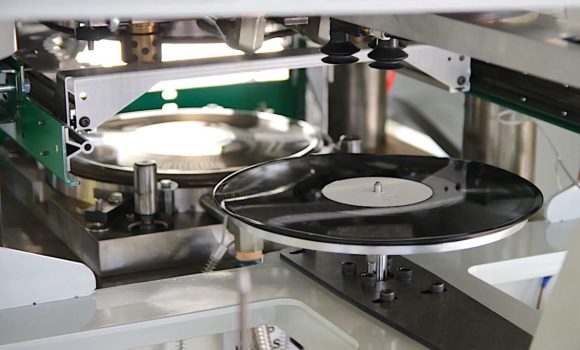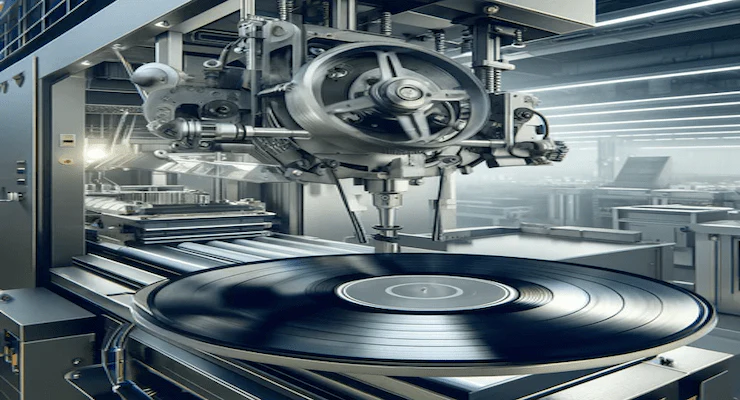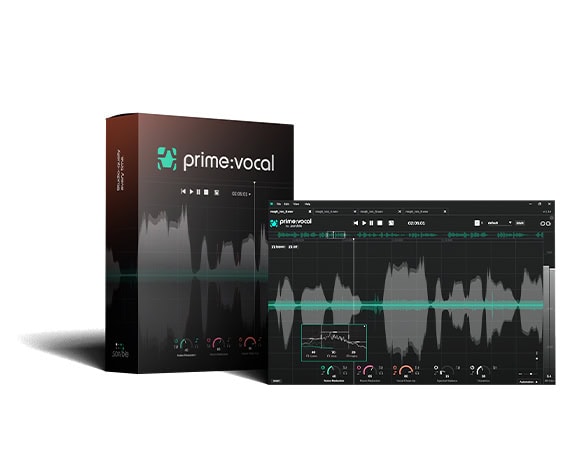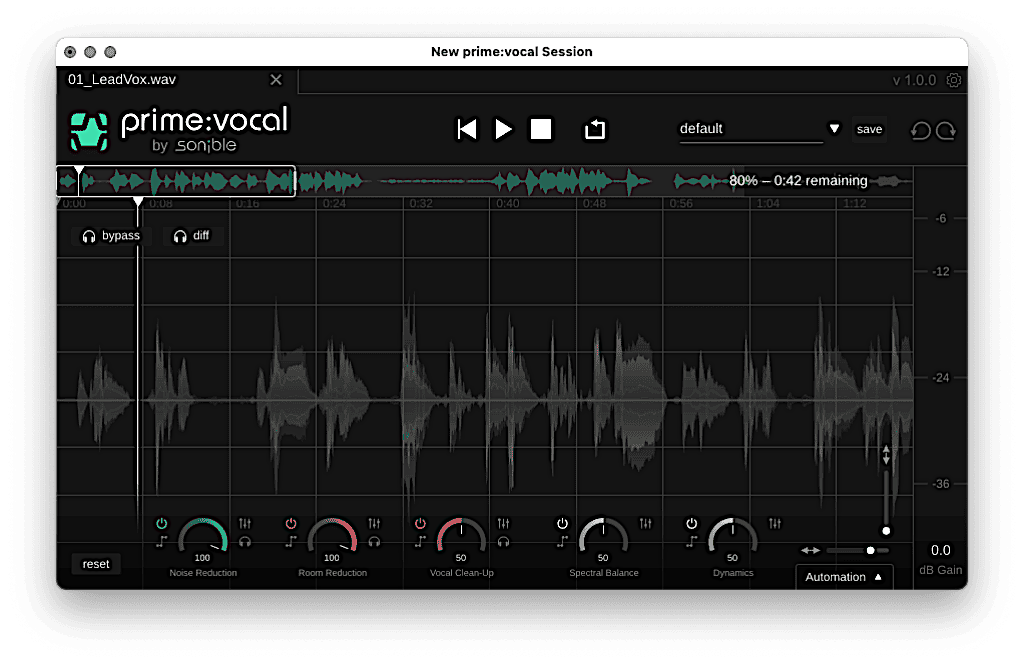The technology of record pressing has been virtually stagnant for over 40 years, with lathes and record pressing machines relying on cannibalized parts from old worn-out equipment to keep them going. Thanks to the resurgence in vinyl sales, which injected more money into this side of the business, brand new and improved equipment is being manufactured, along with some major technological advancements. Let’s take a look at some of these new in vinyl record pressing.
New Record Presses
Until recently, if a pressing plant wanted to add another record press, they had to scour the world for forgotten pressers in old warehouses. While this did happen occasionally, most stampers found this way weren’t in good enough condition to be used immediately, as they required extensive refurbishing, which took considerable time and expertise.
For the first time, several companies are now releasing brand new record stamping machines, which pressing plants are eagerly acquiring (the backlog at most facilities is about three months).
Toronto-based Viryl Technologies’ Warm Tone press (see the graphic above) is computerized and fully automated, allowing a record to be stamped every 25 seconds—about half the time of a traditional press. This is something that the vinyl record community has longed for and it has finally come to pass.
Ecology-Minded Pressing
Making a vinyl record is a messy, time consuming process that involves toxic chemical baths, large mechanical presses, stampers that wear out easily, and perhaps worst of all, a final product that’s made from a petroleum byproduct.
Record pressing has shown small improvements over the years, but other than Viryl Technologies Warm Tone mentioned above, it’s still done the way it was 50+ years ago.
That said, new injection moulding process invented by the German company Sonopress called EcoRecord, promises not only to cut production costs, but to improve the sound quality, and reduce the environmental impact of conventional record pressing as well.
In a conventional press, a PVC puck is heated with steam until soft, then placed between two stampers and pressed for about eight seconds. It takes about 20 seconds to press, followed by another 16 seconds for the record to cool before the process can begin again.
In the new process, a recyclable PET mixture is pre-heated, injected between two stampers, then pressed for a few seconds and cooled for another 20 seconds to ensure the mixture reaches the outer edges of the stampers.
There are several big advantages with injection moulding. First of all, the amount of energy used is cut by up to 85%. There’s no excess vinyl to trim, and the stampers last much longer before degrading.
Currently, a stamper may last for as few as 2,000 records before needing replacement (although the figure is usually higher). Yet another happy byproduct is that the record’s surface noise is reduced by up to 10dB over conventionally pressed records.
This seems like a slam dunk, but there are still a few challenges to overcome. So far, injection moulded records appear to be less durable, showing signs of wear after 35 plays compared to 50 for a traditional vinyl record. It can also be somewhat more expensive.
That’s not the only new system with ecological promise. British Evolution Music has introduced the world’s first bio-plastic record, which uses natural sugars and starches instead of plastic. Another British startup, Elastic Stage, is also working on this technology.
So the good part about vinyl record pressing is that new technology is finally being introduced. The bad part is that most of the work is still built around petroleum-based PVC.
You can learn more about making vinyl records as well as all types of mastering in my latest 5th edition of The Mastering Engineer’s Handbook.
Vinyl records continue to captivate music enthusiasts with their rich history and evolving technology. As the music industry navigates the digital age, vinyl’s enduring charm ensures its place in the hearts of listeners worldwide.
Sources
- https://markwideresearch.com/vinyl-records-market/
- https://makingvinyl.com/vinyl-boom-at-a-turning-point/
- https://www.yellowbrick.co/blog/music/top-tech-innovations-in-music-how-technology-is-changing-the-musical-landscape
- https://www.mdpi.com/2071-1050/15/22/16100
- https://link.springer.com/article/10.1007/s43546-020-00004-x



